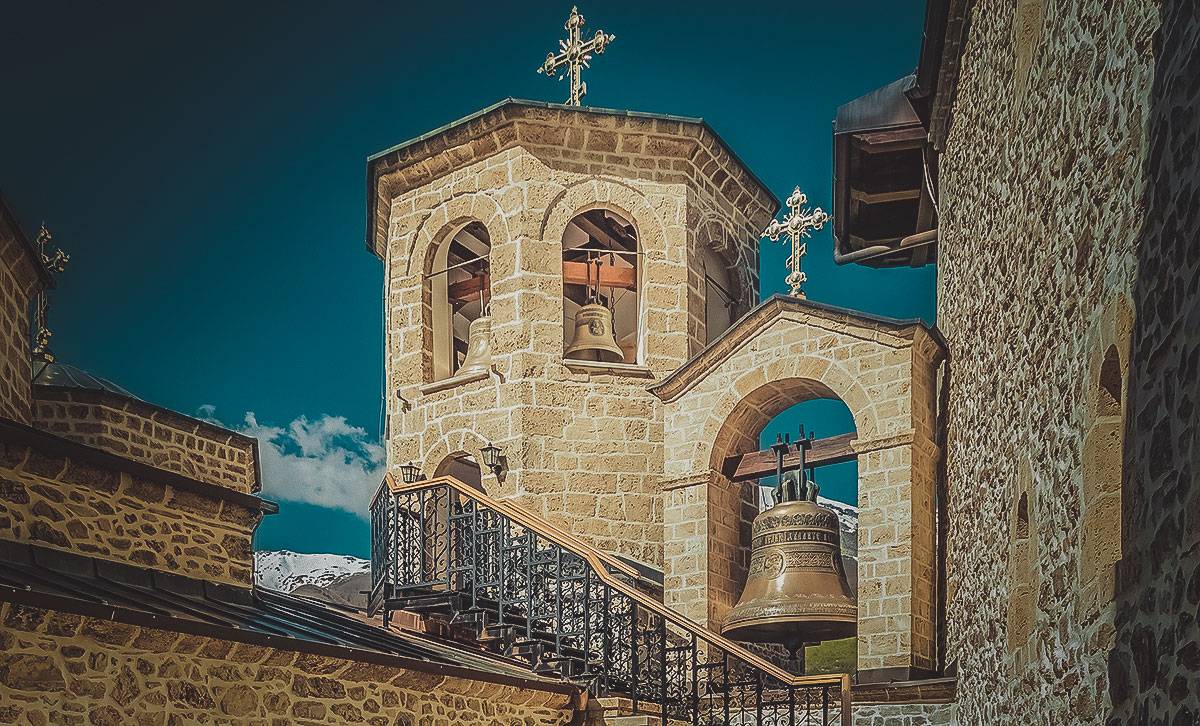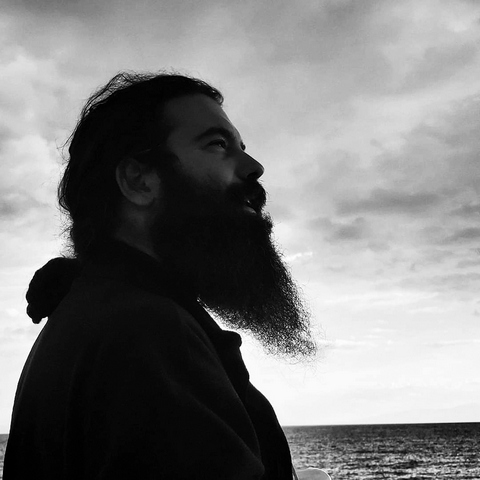When it comes to love, if you don’t love,
don’t say “I love you” because it shows.

This review should express something hard to put in words, in fact, to characterize something that by its very nature is less descriptive, and more direct, accessible and visible. The film has to do with the deepest essence of human nature – with the authenticity of man. Therefore, it is no coincidence that in the beginning, I have chosen a line from one of my poems, which speaks about authenticity. The film is authentic in the experience of faith and grace and in a way is a secret that is constantly revealed to us. When a certain experience is spiritually authentic, then it opens the magnitude of the deed, while if non-authentic – false, specifically for the film, it hinders its effect on human life, because it closes its transparency. That is why authenticity is a necessary condition for a good film, as this one is. Whatever the film, it’s not big because it can achieve a lot, but rather because great things can be discovered through it.
In this sense, “The Witness of Light” transcends, setting up a foundation for a very different documentary approach towards the Bigorski Monastery. Until now, we were used to, mainly, the reportage aspect of it. This film opens a perspective for originality, authenticity, proximity, and experience. It is in coherence with the tradition and the narrative, but still offers something new and original, something of its own. Without these things, the film remains closed in its horizon or flat.
The documentary “A Millennial Witness of the Light” is clear, the author easily builds trust with the audience; he loves, understands and of course, gives a sense of security and simplicity, challenging the viewer to a profoundly intimate expectation – a boldness which comes to change him. He directs his gaze to the image of a monk, distinguishes the monk in his eyes, even when he is hidden by the crowd (just like Zacchaeus who was noticed by Christ), by the indifference of the world, by its insignificance. This film does not talk so much about the size of the Bigorski Monastery, its grandeur, iconostasis and external beauty, something that would be important only at the beginning and for which a lot of material has been shot already. On the contrary: never before has been such a beautiful presentation of the meek (spiritual) core of the sanctuary, the one that burns and does not get burnt. Nor have we ever seen so clearly that emotional and gentle side of the Bigorski Elder, Bishop Parthenius – the paternal one, about which all the interviews, especially the one of the Elder himself, testify most sincerely. In these direct interviews, we see his true love presented – the monastic one. Almost no other work, text, sermon, interview, has captured so powerfully this dimension of his personality: his fatherhood, sensitivity, immeasurable love for us and his tenderness, which unites us all his spiritual children.
The documentary logically arises from the belief that culture is manifested through visible symbols, contained in gestures, celebrations, rituals, which have been placed in constructed or natural contexts. Conceptually, it is visual communication which is mainly interested in the visual media and visible symbols as a means of communication or, more precisely, a documentary film is a cultural exploration of images. If culture is something that can be “seen”, then the author of this film, using an immediate approach, imagines each frame as an artistic painting, which can then become the foundation for analysis and presentation of another larger unit or meaning. Observed through a modern lens, we can say that what the camera registers is determined by two things: the culture of the person behind it, i.e. the author, as well as the culture of those who are the object of the camera, the very participants in the act. Hence, I think the camera is used in a realistically reflective sense, naturally and directly, as opposed to the grandeur of the act itself. To put it simply, it tries to capture the process without intervening too much and without imposing itself, if possible. Just like the greatest enigma in the Universe is the dark matter – that which is invisible, in a similar manner the seemingly invisible, and yet heavy on “weight”, is more important than anything else in that single frame. In addition, if we want the camera to be direct, it is important to find a way to get closer to the people and events we are studying, and that is exactly what has been achieved in this film.

Finally, this review is not for the purpose of creating the right critical attitude, since it is a subjective analysis, nor is it convincing enough to make you watch the film; on the contrary, this film is so convincing by itself, that it was simply inevitable to be born or, in other words, had to be made. The film prefers to be simple, heartfelt, to evoke personal repenting feelings in each one of us. Therefore, what you see is not presented as knowledge or attitude of the author but rather set as our common challenge.

